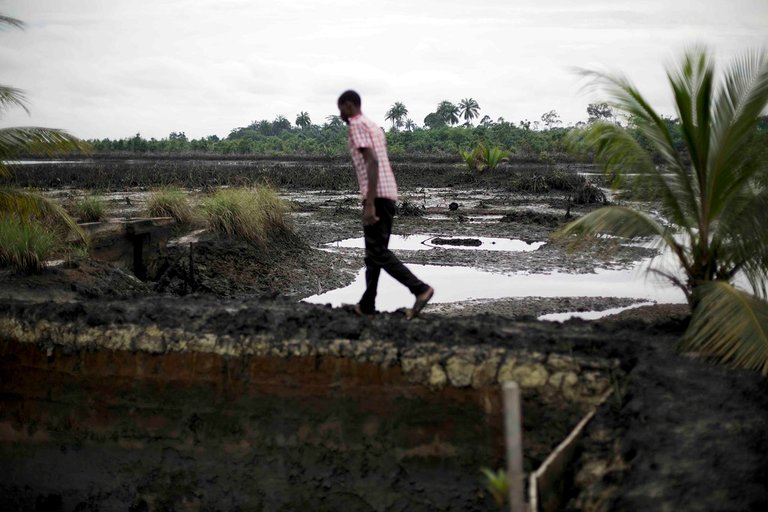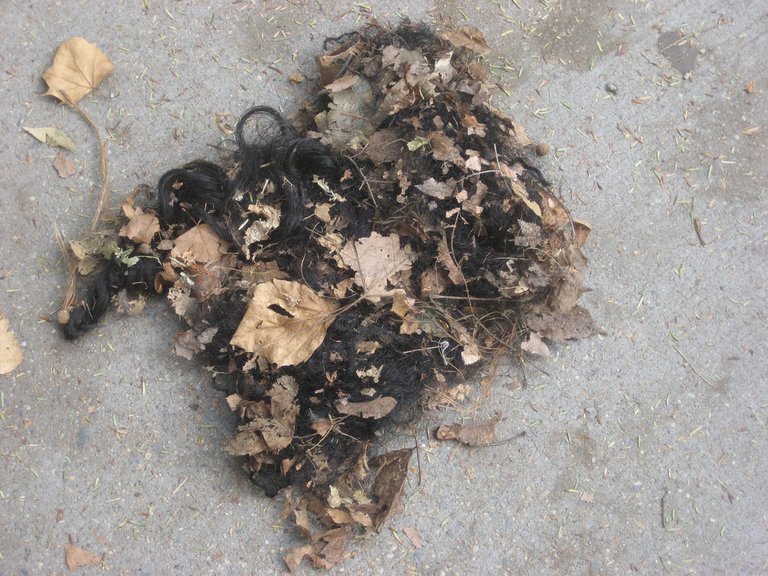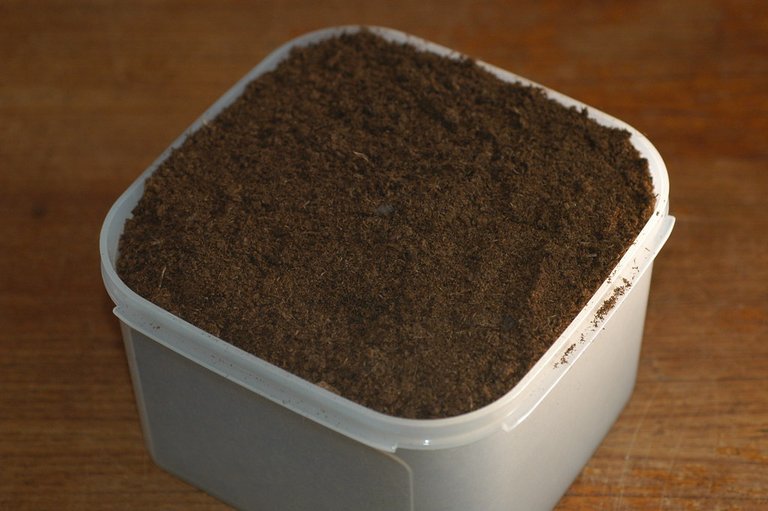Chicken Feces as Bioremediation Techniques for Oil Spills
Oil spillage is one of the numerous problems that we face in Nigeria, especially the South-South region of the country. I remember the Ogoniland Oil Spillage and how it took the government years to clean up the oil spillage, and in fact they are still cleaning up the land even though crops are dying, sea animals like fishes are dying and cannot be ate because of the oil in them, also livestock are not left out and this doesn't include the effect the spillage have on the inhabitant of the land. This said, there are a lot of ways that oil spillage can be cleaned and if you are aware with oil spillage, there is a possibility that you know one of the methods to clean oil spills.
Scientists have been using different methods to clean oil spills including Boom cleaning method which is a process where floating barriers made of plastic or metals are used to contain the oil. It is regarded as a high speed oil containment system. Another method is controlled burning where the oil is being set on fire, but this is not environmentally friendly and is hazardous to people who live around the region. Another method is the Skimmer method where boats are used to remove oil from the surface of the water, so as to clean it up. Another one is using materials that are synthetic to soak up the oil from the water but these methods are expensive and not environmental friendly as they cause pollution while trying to clean up pollution.
Scientist have been looking for more sustainable approaches and you would be so shocked at what they came up with - "Human hair". Who for goodness sake thought about that? Hair is an absorbent which means that it can soak up things either by absorption where the solvent goes into it or by adsorption where the solvent stay on its surface. For oil, the human hair adsorb it as a result of its cuticles made up of dead cells causing the oil to stick to the surface of the oil. You might think this is theoretical but if you have a simple engine oil, try to use the old hair you are not making use off and see how impressive it would adsorb the oil from the water surface.
Researchers have been able to test human hair on oil spills in countries like the Philippines in 2006 and 2023 where the hairs were made into mats and booms to soak the oil up. While this research is cost effective, the fear of losing the oil into the ocean as a result of sinking is one side effect to consider when we talk about using hair.
Another substance that scientist have been looking into is Peat Moss. Yes! that Pit Moss that I used at the International Institute of Tropical Agriculture (IITA) as a carrier/inoculants for Rhizobium which is used to fix nitrogen to the roots of legumes and other flowering plants, it is also very good at growing seedlings but something else it is good at is cleaning oil spills. Peat is very porous, and so, it can hold oil in a large quantity as a result of its large surface area causing oil to adsorb to. Its tube-like structure can also absorb hydrocarbon such as crude oil and this method was used in an oil spill in Norway but since it is not that porous it has a possibility of absorbing more water than oil and this is a disadvantage to it.
The method that got me laughing was using chicken feces or better referred to as poultry dung on land oil spill. When oil spills on land, it affects the land but using chicken feces have to breakdown oil in the soil and detoxify the land area. The feces also raises up the soil pH after a oil spill but then it requires a very good condition to function properly like a proper temperature, enough oxygen, and so on.

https://timelessmoon.getarchive.net
Researchers are really working to ensure that oil spills can be removed with ease and cost effective because one thing government lie with is it being too expensive without considering the health impact on people who live in such areas or the living organisms them. Over time, this methods would be encouraged around the world not forgetting that more research is being done to ensure that oil spillage is cleaned properly. While this methods sound funny, they have been tested and proven to work.
Reference
https://horizonepublishing.com/journals/index.php/PST/article/view/586
https://www.sciencedirect.com/science/article
https://academicjournals.org/journal/AJEST/article-abstract/481C44361891
https://www.noaa.gov/education/resource-collections/ocean-coasts
https://response.restoration.noaa.gov/oil-and-chemical-spills/oil-spills/spill-containment-methods.html
https://www.sciencedaily.com/releases/2010/04/100427111453.htm
https://www.mdpi.com/2227-9717/10/6/1224
https://matteroftrust.org/clean-wave-program/
https://time.com/6262631/philippines-oil-spill-cleanup-hair/
https://www.mdpi.com/2076-3298/7/7/52
https://webharvest.gov/peth04/20041018232215
https://www.sciencedaily.com/releases/2010/04/100427111453.htm
https://www.theguardian.com/environment/2020



The lasting solutions to oil remains bioremediation. Break down the oil to harmless components using natural means. Using human hair to soak up the oil is just a palliative.
Thanks for your contribution to the STEMsocial community. Feel free to join us on discord to get to know the rest of us!
Please consider delegating to the @stemsocial account (85% of the curation rewards are returned).
Thanks for including @stemsocial as a beneficiary, which gives you stronger support.